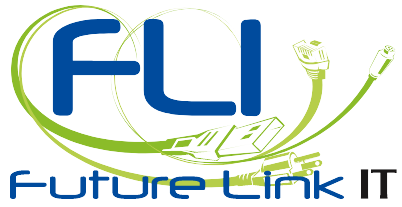 Windows announced the release of Windows 10 and offered a free upgrade reservation to Windows 7 and 8 users who upgrade within the first year.
Windows announced the release of Windows 10 and offered a free upgrade reservation to Windows 7 and 8 users who upgrade within the first year.
Great news, but everything comes with a catch.
First, who gets a free copy? If you’re running Windows XP or Vista you are on an unsupported platform and there is no way you will be able to upgrade. A clean install will be required. If you’re running on Windows 7 or 8.1 upgrades will be offered for the first year.
Second, what about after year one when the free offer is over? Well Windows hasn’t confirmed anything but if history is any indicator you will have to pay outright and plan for a clean install. Anticipated cost for the upgrade package will be $99, for home users around $119 and the professional version will retail around $199.
Next, consider the requirements to run the new platform. According to Microsoft requirements consist of:
- Processor: 1GHz or faster FLI recommends 2.0 Ghz Dual Core or Faster
- RAM: 1GB (32-bit) or 2GB (64-bit) FLI recommends Min of 4GB 8GB recommended
- Free hard disk space: 16GB FLI recommends 150GB HD or larger
- Graphics card: Microsoft DirectX 9 graphics device with WDDM driver
- A Microsoft account and Internet access
“There’s an app for that”. The Get Windows 10 app is designed to make the upgrade process easy. It will check for device compatibility and reserve your free upgrade. It provides information to teach you about the new features as well. For devices running 7 or 8.1 the update offer will appear as an icon in your system tray.
Finally, according to field insight, new releases generally come with bugs and Windows 10 will be no exception. Typically Future Link waits 3-6 months before installing the upgrade to allow for patches and fixes to occur on the developer’s end. The biggest concern? Integration with older software subscriptions, printers and USB devices. While Windows is happy to see their new platform installed, software compatibility will be left to the responsibility of the end user and will have to be worked out with the individual hardware/software companies.
At FutureLink IT, we are testing Windows 10 now and have already discovered some compatibility issues.
- Legacy applications like Adobe CS5 or older will likely not work (you must check with Adobe)
- Legacy vertical market applications there are many vertical market applications specific to trades, coaching, manufacturing, sales and much more that will likely not run in Win 10
- Out of support applications – some program you pay an annual support for. If you are not current on your support you may not be able to run Windows 10. There may be an upgrade cost in addition to support cost.
- Hardware devices – there are in infinite number of devices from smart phones, printers, cameras, scanners and more. It is the responsibility of the hardware manufacturer to provide a driver that will run on the new Win 10 but if the devices is out of production it will likely not get a new driver.
What is the message? Do not install yet. If someone has an option to get Windows 10 they should get it download it with the key and hold on to it. If there is a need or reason to upgrade at least they have it while it is free. However less than 20% of people with existing equipment will ever upgrade. The time to reload a computer will all of the applications can take hours and even days not to mention the learning curve to learn the new OS.
So is Windows being overly generous with their free offer? This is typical for Microsoft, they need early adopters to use the new OS so they can work out the bugs and they do not want to deter people from buying a new computer while waiting for the new OS.
Need more answers? Contact Future Link IT directly or check the Microsoft website.
Resources: www.Forbes.com , www.Techspot.com , www.Microsoft.com
